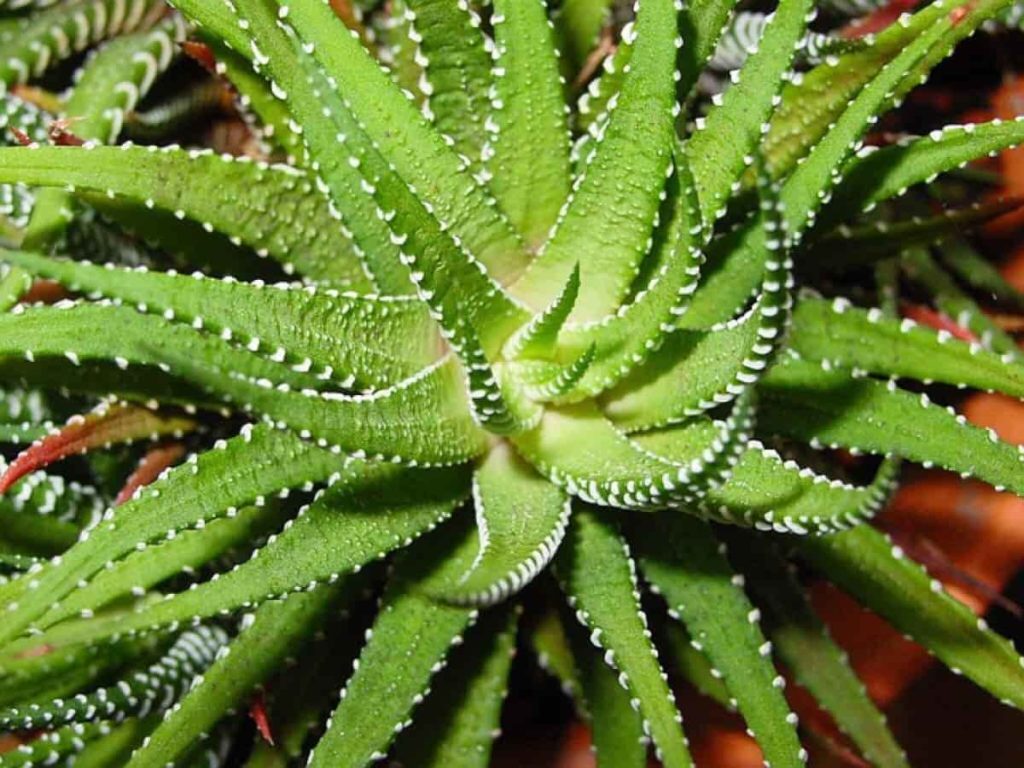Aloe vera is a popular houseplant known for its healing properties and striking appearance However, like all plants, aloe vera is susceptible to pests that can damage and even kill it As an aloe vera owner, it’s important to learn how to prevent and control common pests to keep your plant thriving. In this comprehensive guide, we’ll cover the most troublesome aloe vera pests and give you eco-friendly solutions to tackle them.
The Most Common Pests That Bother Aloe Vera
Several insects and bugs are attracted to aloe vera’s succulent leaves and sap. Here are the most likely offenders you’ll encounter:
-
Mealybugs – These small, cottony insects cling to leaves and stems, sucking out plant juices. Heavy infestations cause yellowing, wilting, and plant death.
-
Aphids – Tiny, pear-shaped bugs that congregate on leaves, causing distorted growth, yellowing, and stunted plants.
-
Scale Insects – Circular insects that latch onto leaves, secreting sticky honeydew that leads to sooty mold.
-
Spider Mites – Tiny spiders that spin webs and cause stippling damage on leaves.
-
Fungus Gnats – Harmless flies that don’t damage aloe vera but indicate overly damp soil containing larvae that eat plant roots.
While these pests are common aloe vera adversaries, it’s possible to enjoy a pest-free plant by following organic prevention and control methods.
Prevent Pests Naturally With These Tips
An ounce of prevention is worth a pound of cure when it comes to plant pests. Here are natural ways to discourage infestations:
-
Isolate new plants – Quarantine new additions for a few weeks to prevent cross-contamination.
-
Inspect regularly – Check plants weekly for early signs like stippling, honeydew, and tiny insects.
-
Remove dead leaves – Prune old foliage to eliminate pest hiding spots.
-
Allow soil to dry – Avoid overwatering, which attracts fungus gnats.
-
Improve air circulation – Use a fan to deter fungus gnats and mold growth.
-
Clean dust and debris – Keep the area around plants free of crumbs and dust that can harbor pests.
-
Use insect-repelling plants – Place aloe vera pots near pest-deterring plants like mint, garlic, and chives.
Following these tips religiously can prevent many pest problems altogether. But if critters still sneak through, it’s time to take control.
Control Pests Naturally With Non-Toxic Methods
If prevention fails and pests invade your aloe vera, safer organic solutions can tackle infestations without harming you or the environment. Here are effective natural remedies:
-
Remove by hand – For minor infestations, simply wipe or pick off pests using your fingers, cotton swabs, or soft toothbrushes and rubbing alcohol.
-
Water spray – Blast plants with a strong stream of water to knock off ants, aphids, whiteflies, and spiders.
-
Insecticidal soap – Potassium salts in these soaps dissolve soft pest bodies on contact.
-
Neem oil – Derived from the neem tree, this oil smothers and disrupts pest reproduction.
-
Horticultural oils – These oils suffocate soft-bodied insects and eggs.
-
Diatomaceous earth – Sprinkle this chalky powder on soil to kill ants and larvae.
-
Fly sticky traps – Traps catch adult fungus gnats to prevent breeding.
-
Beneficial insects – Release ladybugs and lacewings to devour pests naturally.
When using any pesticide, even natural ones, carefully follow label directions to avoid leaf burn. For severe infestations, repeat applications may be needed.
Frequently Asked Questions About Aloe Vera Pest Control
Controlling aloe vera pests without chemicals may seem tricky, but these FAQs can clear up any confusion:
Are natural pesticides safe for indoor use?
Yes, products like neem oil and insecticidal soaps are non-toxic when used as directed. Still, keep pets away until sprayed plants are dry.
How often should I spray plants with natural pesticides?
Typical application intervals range from 3-7 days. More frequent sprays may be needed for heavy infestations.
What’s the best way to get rid of fungus gnat larvae in soil?
Letting the soil dry out deprives larvae of their moist habitat. Drenching soil with a hydrogen peroxide/water solution can also eliminate larvae.
Can I compost infested aloe vera trimmings?
No, pest eggs and larvae may survive composting. Seal and dispose of infested trimmings in household trash instead.
How do I know if beneficial insects are working?
You should see a reduction in pests after a few weeks. Also check under leaves for beneficial insect larvae feeding on pests.
Keep Your Aloe Vera Thriving With These Pest Prevention and Control Tips
While aloe vera pests can attack, armed with this guide you can defend your plant using eco-friendly prevention and control strategies. Pay close attention to avoid infestations, and be ready to take action at the first sign of trouble. Implement these organic methods, and you can outsmart common aloe vera pests while keeping your plant – and the planet – healthy.

India’s No.1 Online AGRI SHOP!
Easy and Fast Shipping
No fixed costs. Pay when you sell
Secure and timely payments
24/7 services to help you through every step of selling online

New User? Sign Up
FREE India Wide Shipping

